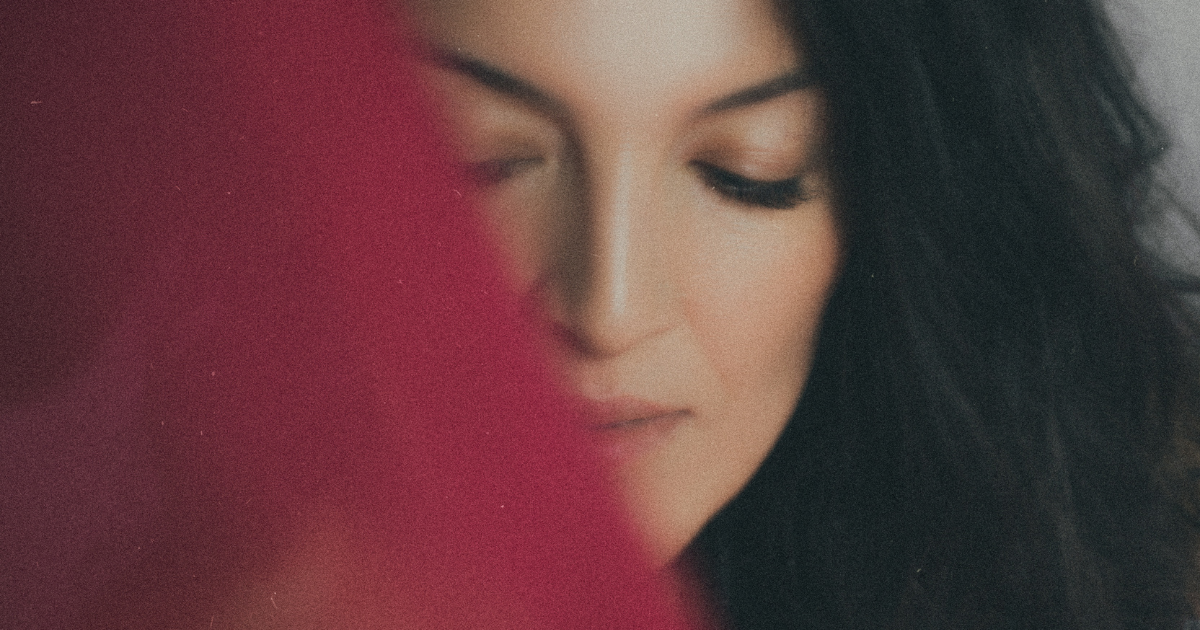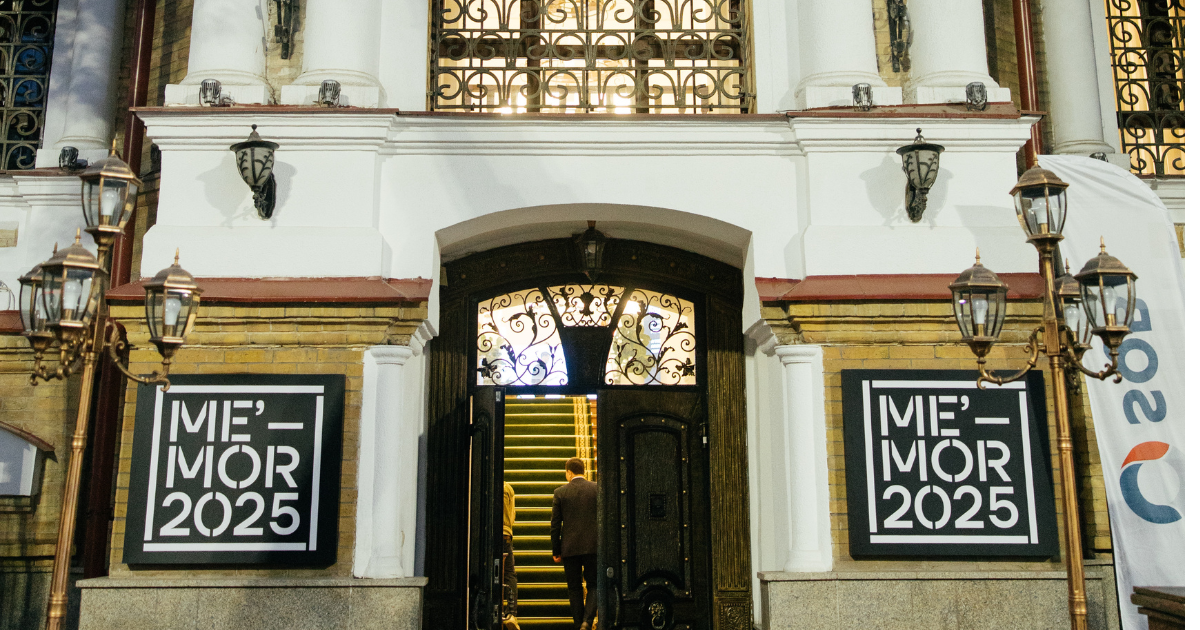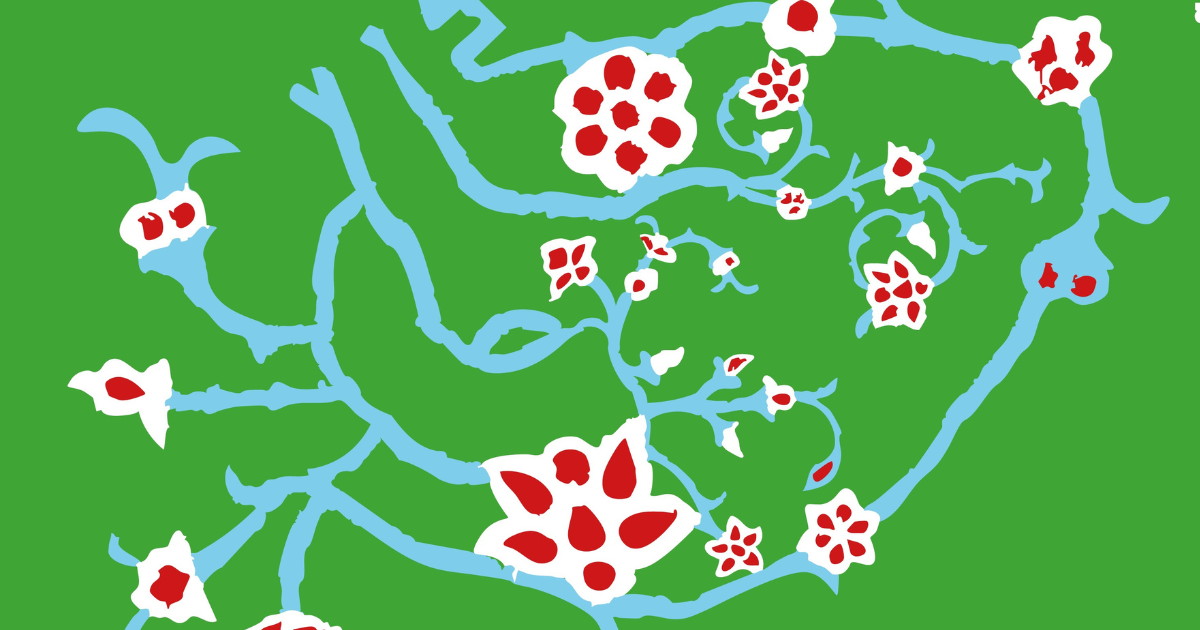Louvre Abu Dhabi – the path of light
How East and West met under one dome
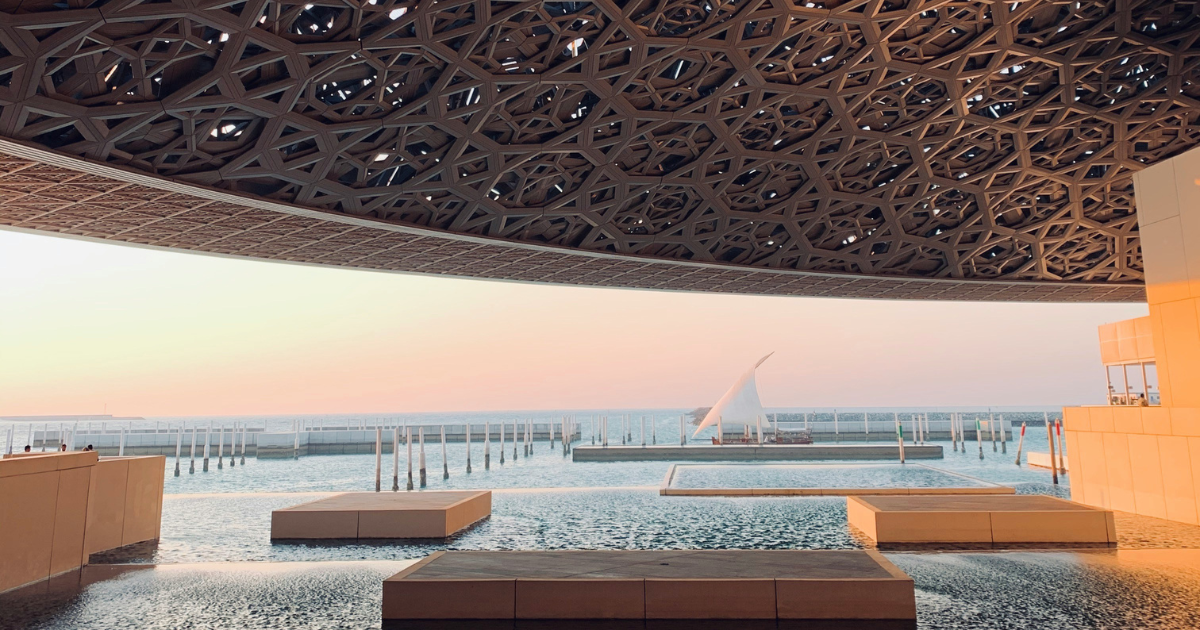
It may seem impossible to surpass something already considered great. With the Louvre in Paris standing as an icon of art and history, can another Louvre ever match its significance without becoming its shadow? The thought troubles many; after all, the Louvre in Paris is more than a museum. It is a temple steeped in history, art, and the very essence of European heritage. How can something new be created without falling into endless comparison?
Yet here stand the doors of the Louvre Abu Dhabi. The sun dances through the dome’s lattice, the sea breathes nearby, and a gentle silence embraces the space. As you step inside, you realize that this museum doesn’t compete. It meets Paris eye to eye, unafraid to be different. It does not imitate – it continues the conversation that started centuries ago, translating it into a new language. And it seems to whisper stories, reflected in water and sand.
Dialogue with light
The Louvre Abu Dhabi is the masterpiece of renowned architect Jean Nouvel, who crafted more than a building – he created an idea brought to life. The museum’s design is a poetic dialogue with the world around it. Its massive dome, spanning 180 meters, consists of intricate patterns that let sunlight filter through, casting a “rain of light” – a signature visual of the museum. Made up of 7,850 metal stars, the dome transforms the sun’s rays into countless shimmering reflections, reminiscent of palm leaves swaying in the breeze, an echo of Arabic traditions, where shadows provide shelter from the scorching sun.
The museum's white buildings rise like a city within a city, inviting visitors to journey from one era to another, crossing cultural boundaries effortlessly. Corridors evoke the narrow streets of Marrakech, their shadows capturing fleeting moments beyond time. The surrounding sea creates a meditative silence, prompting thoughts of eternity.
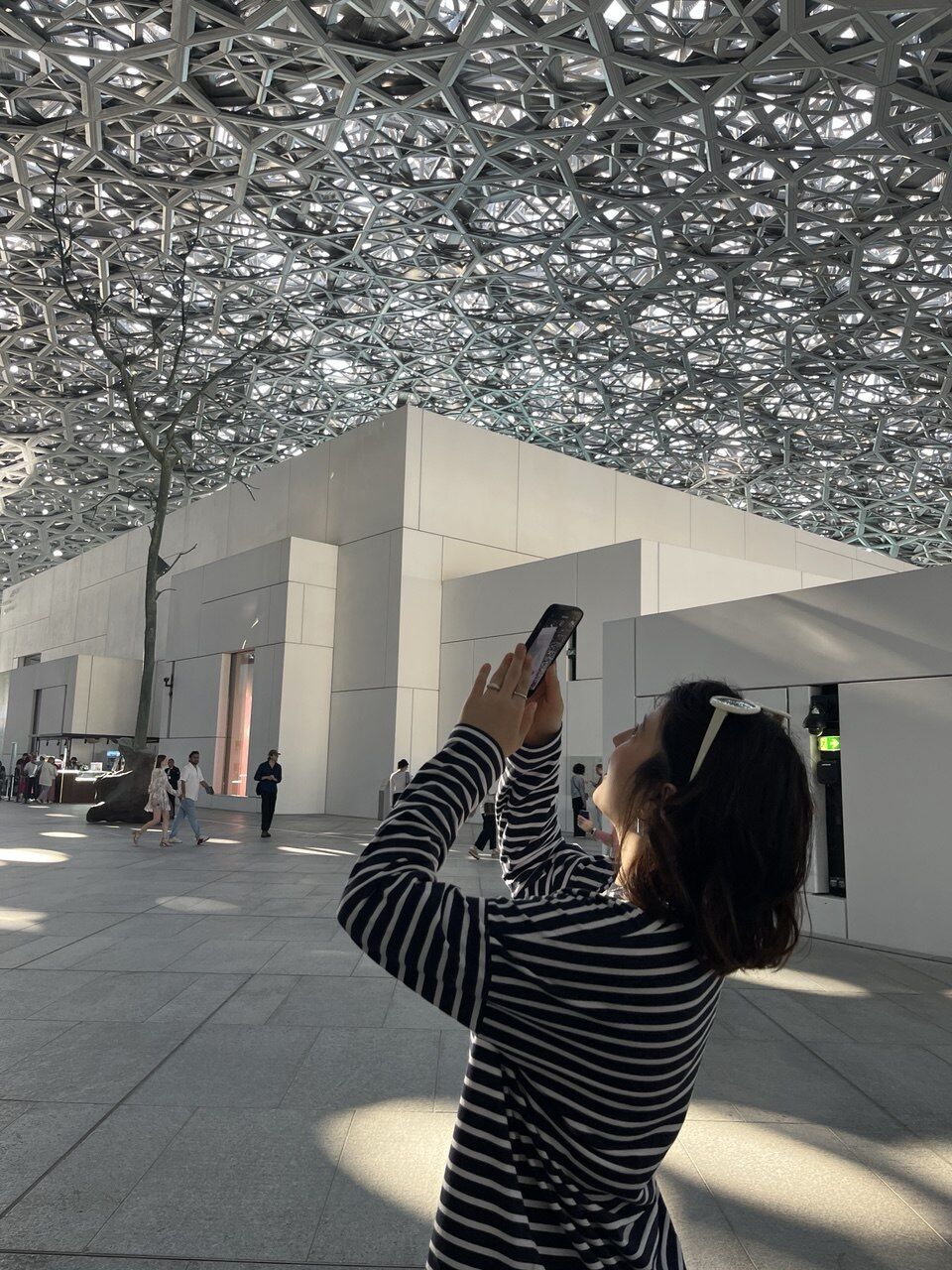
Photo: Personal archive
Every detail is precise – from the geometry of the pathways to the rhythm of light and shadow. Nothing is accidental. Here, architecture serves a mission: to unite civilizations and tell a story with no borders.
Crossroads of cultures
What truly sets this museum apart? The Louvre Abu Dhabi does not replicate its Parisian counterpart. Instead, it forges its narrative, where art becomes a universal language uniting humanity. In Paris, the story unfolds chronologically, page by page, through history. In Abu Dhabi, it is a search for meaning. Here, an ancient Greek statue stands beside an African mask – not because history dictates it, but because they share a conversation.
The museum’s collection spans the breadth of human civilization, presenting art through universal themes – love, power, religion, spirituality, war, and peace.
Leonardo da Vinci’s "La Belle Ferronnière" stands beside a 5th-century Buddhist sculpture. They speak of beauty. 15th-century European armor and a Japanese samurai helmet – of war and honor. Qurans, Bibles, and Sutras – of humanity’s search for the divine. In this museum, the focus is not on where or when an artwork was created but on what it has to say.
The permanent exhibition follows an unconventional structure. Instead of dividing exhibits by region or period, it arranges them around themes that have captivated humanity for centuries.
Renaissance paintings hang beside Asian manuscripts, ancient statues stand alongside modern installations, and temporary exhibitions continue this dialogue – juxtaposing Van Gogh and Picasso, Egyptian frescoes and Arabic calligraphy, Japanese prints, and African masks.
All of it is framed by light, water, and shadow – a space that not only preserves art but makes it resonate.
Though the museum is young, its collection is growing. Currently, French museums loan many of the exhibits as the Louvre Abu Dhabi builds its own legacy – a dialogue in itself, open, honest, and unhurried.
Art as diplomacy
The Louvre Abu Dhabi is the result of a grand cultural agreement between France and the UAE, signed in 2007. It took a decade to bring this vision to life. Some argued: Art is not merchandise. Others countered: Art must travel to stay alive. From this debate, a museum emerged – not belonging to France or the Emirates, but to the world.
The agreement sparked protests in France. Historians and art critics feared art would become a commodity, and museums would lose their sanctity. But for Abu Dhabi, this was a chance to create a global cultural hub – a meeting place for the legacies of all civilizations.
?igsh=MTdzdzV4NDI1OWJuOA%3D%3D
The debate continues, but as you walk through its halls, it becomes clear: Louvre Abu Dhabi is more than a museum. It is a place where art unites people and history gains new meaning. It looks not only to the past but to the future, asking: Can art unite humanity? Perhaps, in that question lies its greatest mission.
The Louvre Abu Dhabi is a museum still being created. It does not claim to be complete. It asks questions: How can East and West converge? Can history be told not through nations but through ideas? What should the museum of the future be?
It is a space where art does not only hang on walls. It moves. It speaks. It connects. And perhaps, it is already changing the world.
